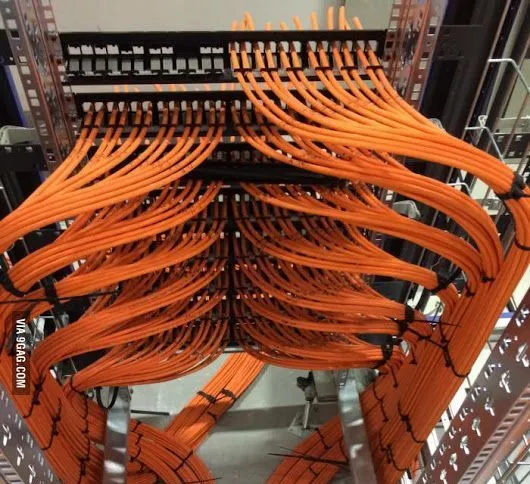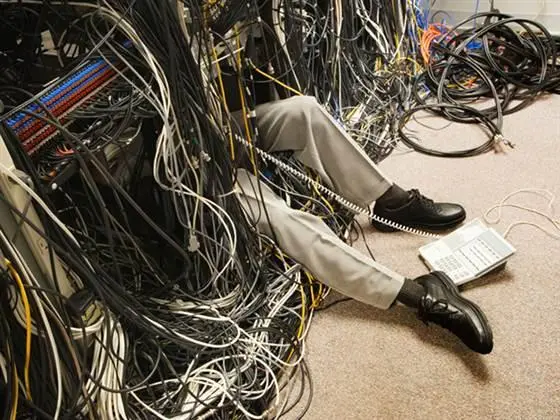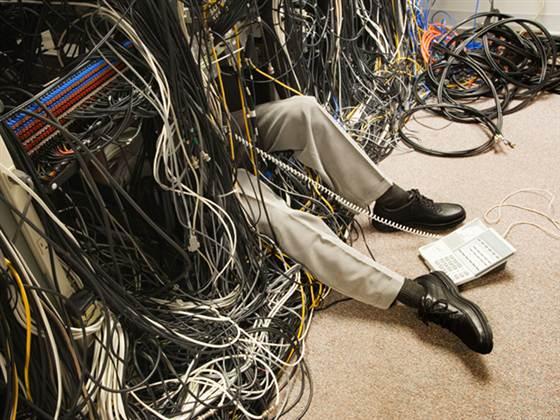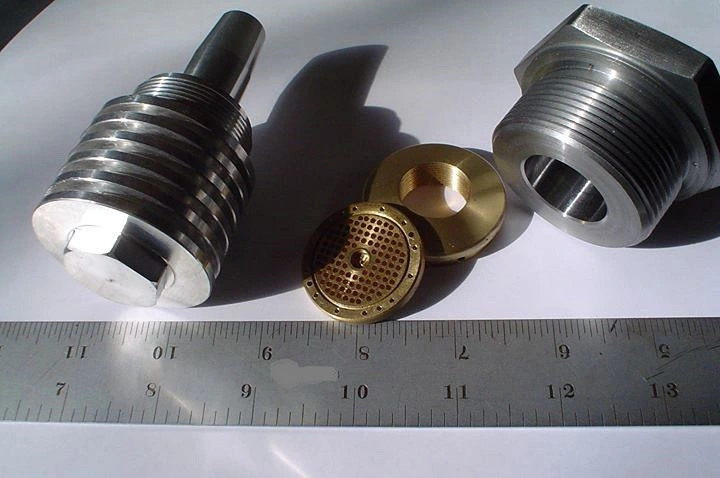Very early on in my illustrious career, I helped build and design parts for mass spectrometers.
At one point in time, we specified that the material being used as 304 series stainless steel instead of the free machining 303 series they had been using.
The changeover was necessary because some of our vacuum systems pulled a 10 to the negative 7th power torr vacuums that were necessary for the analysis they were to perform.
303 stainless steel has a higher sulfur content that acted as a cutting tool lubricant that made the material a little more free machining. (that translates to more efficient material removal at a higher rate of cutting tool surface speed)
In turn, free machining materials produce less heat during the process, so tighter tolerances can be held due to the lesser amounts of expansion during the cutting process.
The additional sulfur in the 303 series material began to outgas at the negative pressures we required, which in turn, contaminated the sample being tested.
The real eye opener was when we built a system for 10 to the minus 13th power torr vacuum.
It took a solid month to pump down, using a combination of roughing mechanical pumps to get to 10 to the minus 3 torr backed up my turbo-molecular pumps and silicone oil diffusion pumps after it got there,all working together for the end result.
The first leak tests were done with a mass spec probe in place and helium as the sample gas for the leak detection.
The chamber welded areas were marked where the leaks were detected and sent back to the fab area for rewelding of the leak areas.
Another month of pumping went by before the vacuum was fully pulled again.
To our surprise, the leaks we first detected were sealed, but there were many more new ones that showed up.
Back to the weld shop, then another month of pumping after re-assembly.
Now there were even more leaks yet, many in places that had passed the leak checks previously.
Back to the drawing board.
A production meeting was held with the shop and some well respected physics guys.
The outcome was that the leaks were small enough to be clogged by helium molecules that fell away from the breaches after the system was vented back to atmospheric pressure.
That explained the leaks that returned, and why some were never fully detected.
The solution was to do the leak checking with pure hydrogen gas that is a smaller yet more dangerous molecule to work with.
We finally succeeded in getting all of the breaches repaired, but in all it took a full year before the unit was ready to ship.
A breach is just that, a place for unwanted things to enter what you are trying to keep them out of.
The moral of this story is, sometimes it requires using ugly materials to achieve a good end result
Good read. Thanks for sharing.
Too bad some of those physics guys weren't working for Morton Thiokol. Reminded me of the issues of thermodynamics and how it can potentially alter the intended parameters of seals on a molecular level.










